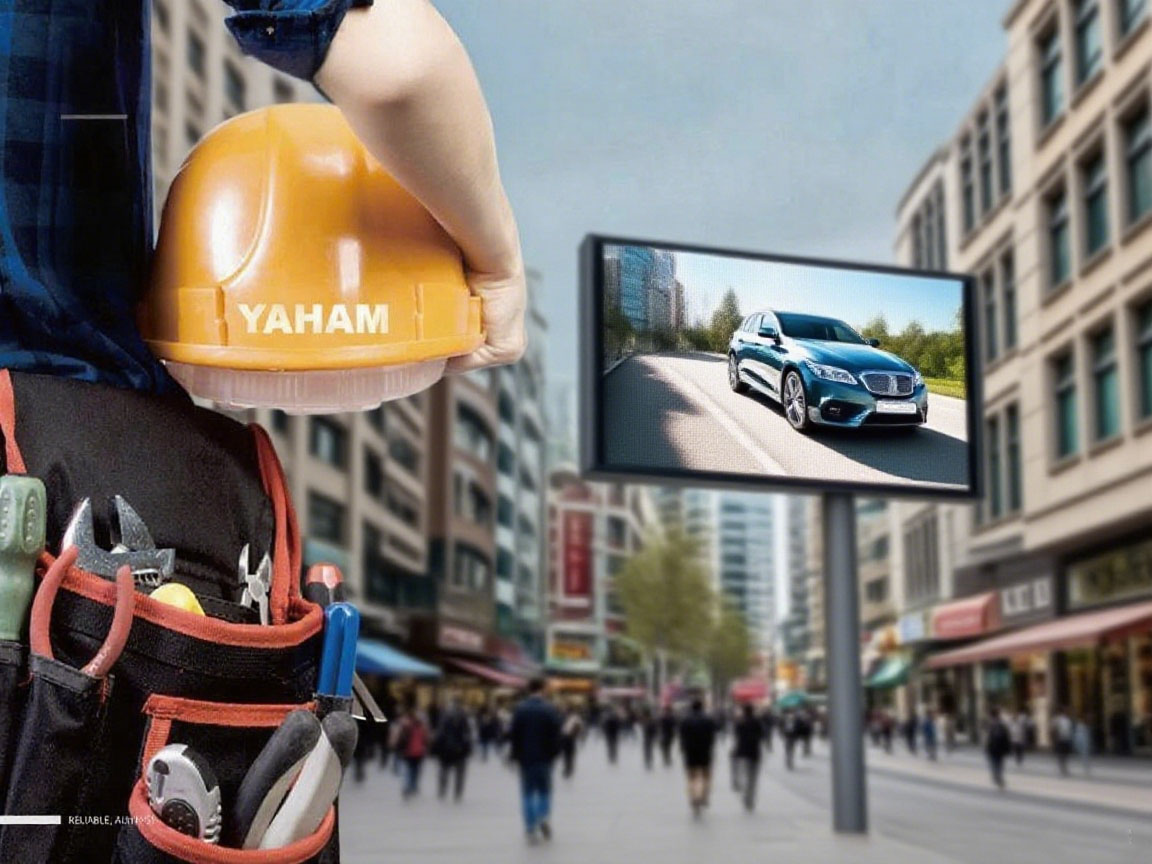How to Maintain Your LED Displays?
LED displays, like traditional electronic products, require not only proper usage but also regular maintenance to extend their lifespan. Please refer to some key points for maintaining full-color LED displays as below:

1. Maintain the humidity where LED displays are used. LED displays are made from PCB boards and electronic components, which are highly sensitive to humidity. Avoid any moist material entering into your LED displays to prevent corrosion and short circuit in internal parts, which can lead to screen damage.
2. Ensure stable power supply and proper grounding protection. Avoid using LED displays under harsh conditions, especially during the severe lightning storm.
3. Avoid displaying all-white, all-red, all-green, or all-blue screens for a long time. Continuous display of such full-brightness screens can cause excessive heat generation in power cables, leading to damage to LEDs and shortening the lifespan of the LED displays.
4. It is recommended that LED displays should have a daily rest period of more than 2 hours. During the rainy season, LED displays should be used at least once a week to prevent internal components from becoming damp, which can result in short circuit upon next startup.
5. Follow the correct power-on and power-off procedures for LED displays.
Power-on: Turn on the control computer first, then turn on the LED display.
Power-off: Turn off the LED display first, then turn off the control computer.
6. Regular clean. Clean the screen regularly. When cleaning, use a cloth dipped in alcohol to gently wipe the surface. (Avoid using a wet cloth.)
7. Avoid contacting with sharp objects. The surface of the LED display consists of LEDs, which is fragile. We should avoid the screen being scratched by sharp objects that might cause LED dropping.
8. Regularly inspect LED displays for normal operation. Regularly inspect for any damage to the wiring. Repair or replace damaged components in time if any safety hazards are identified.
 YAHAM NORTH AMERICA
YAHAM NORTH AMERICA